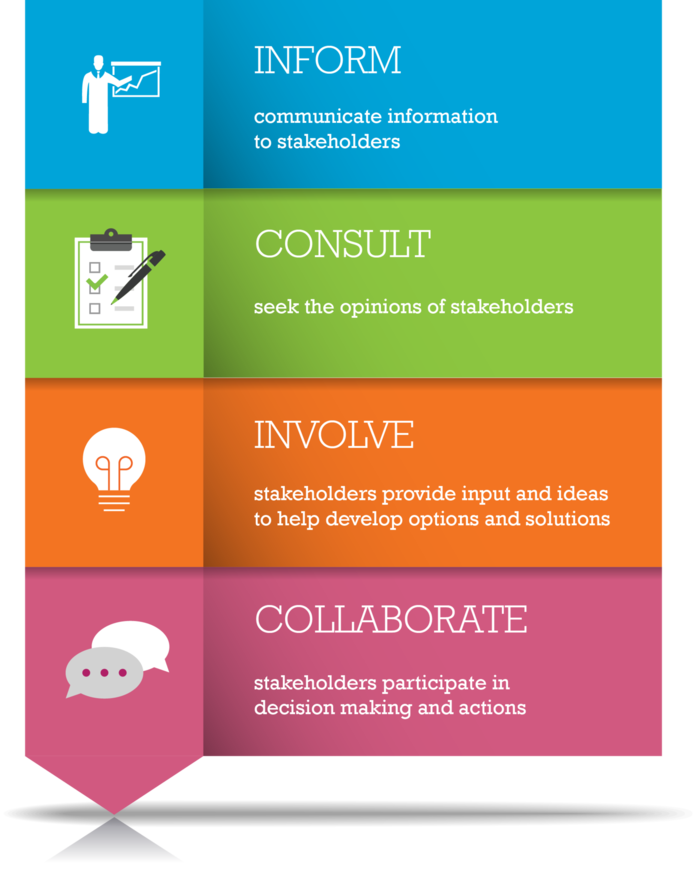Step 2: Engaging owners, residents, staff and other relevant stakeholders
Are you hesitant to consider a smoke-free policy because it could be divisive? Stakeholder engagement is about talking with and listening to the people who would be affected by a smoke-free policy in your condo. Going smoke-free is easier when everyone is meaningfully engaged. This site has a wealth of information and resources to overcome communication barriers and plan exactly how you will engage all important stakeholders to successfully pass and implement your bylaw.





